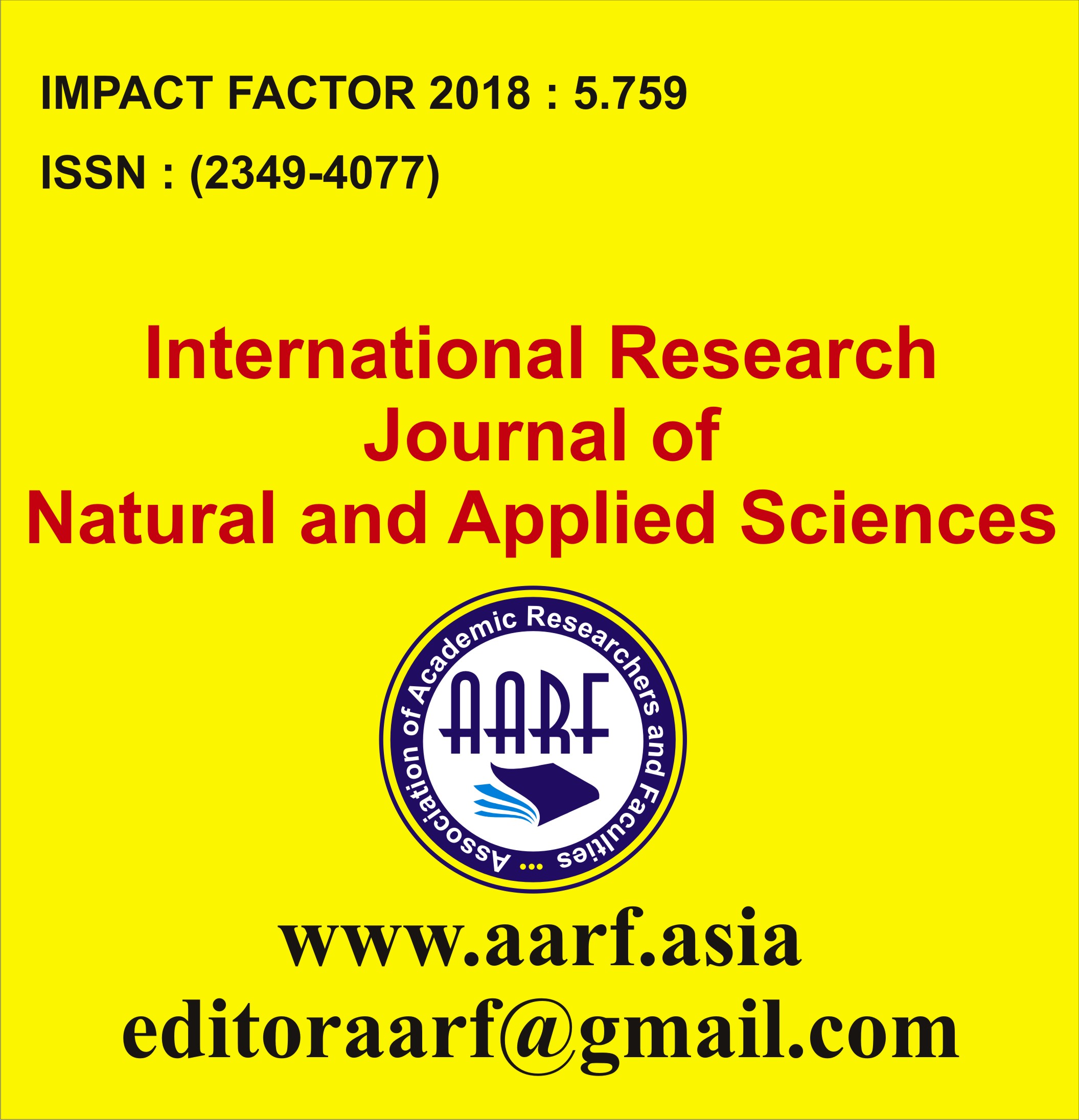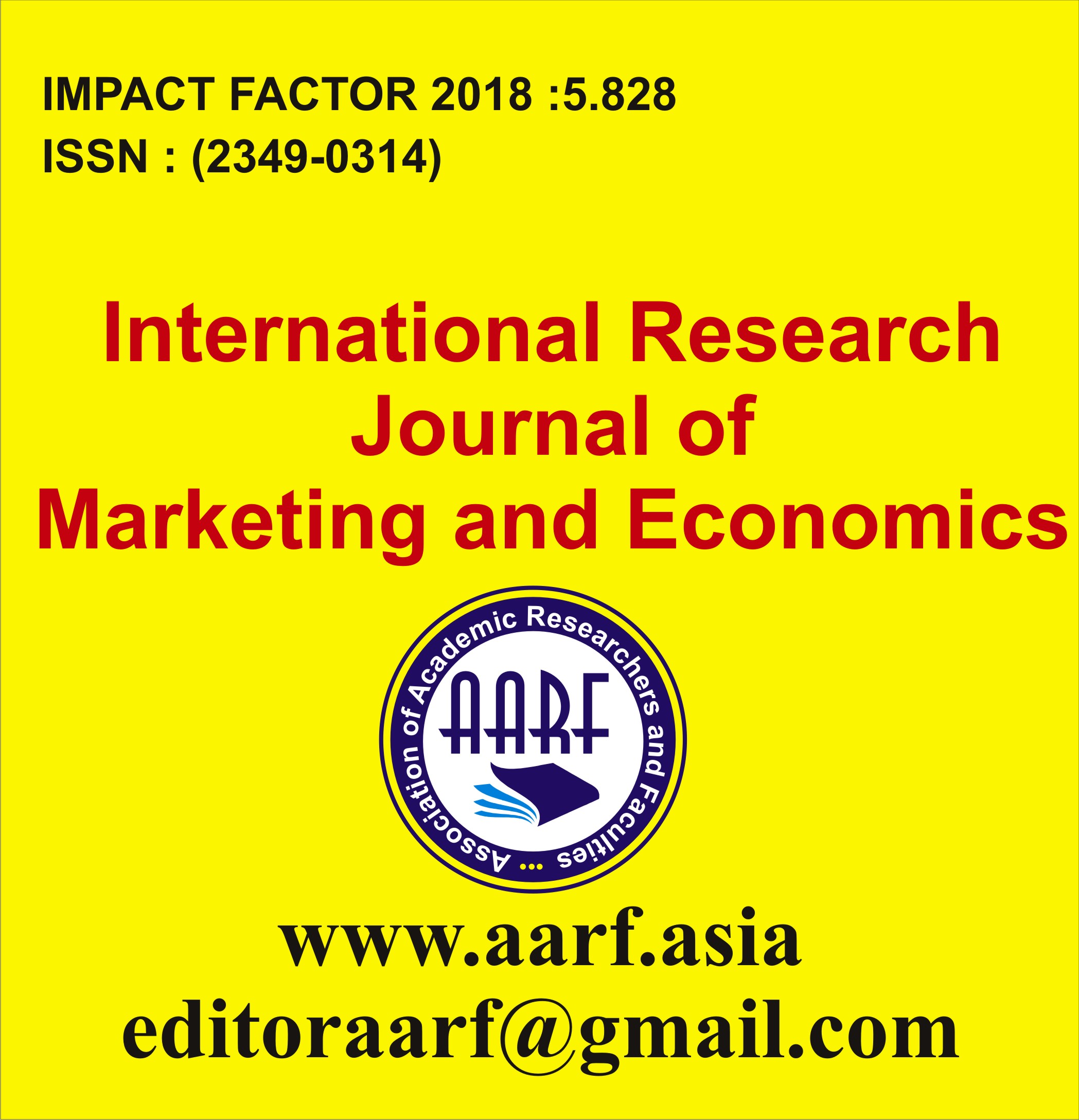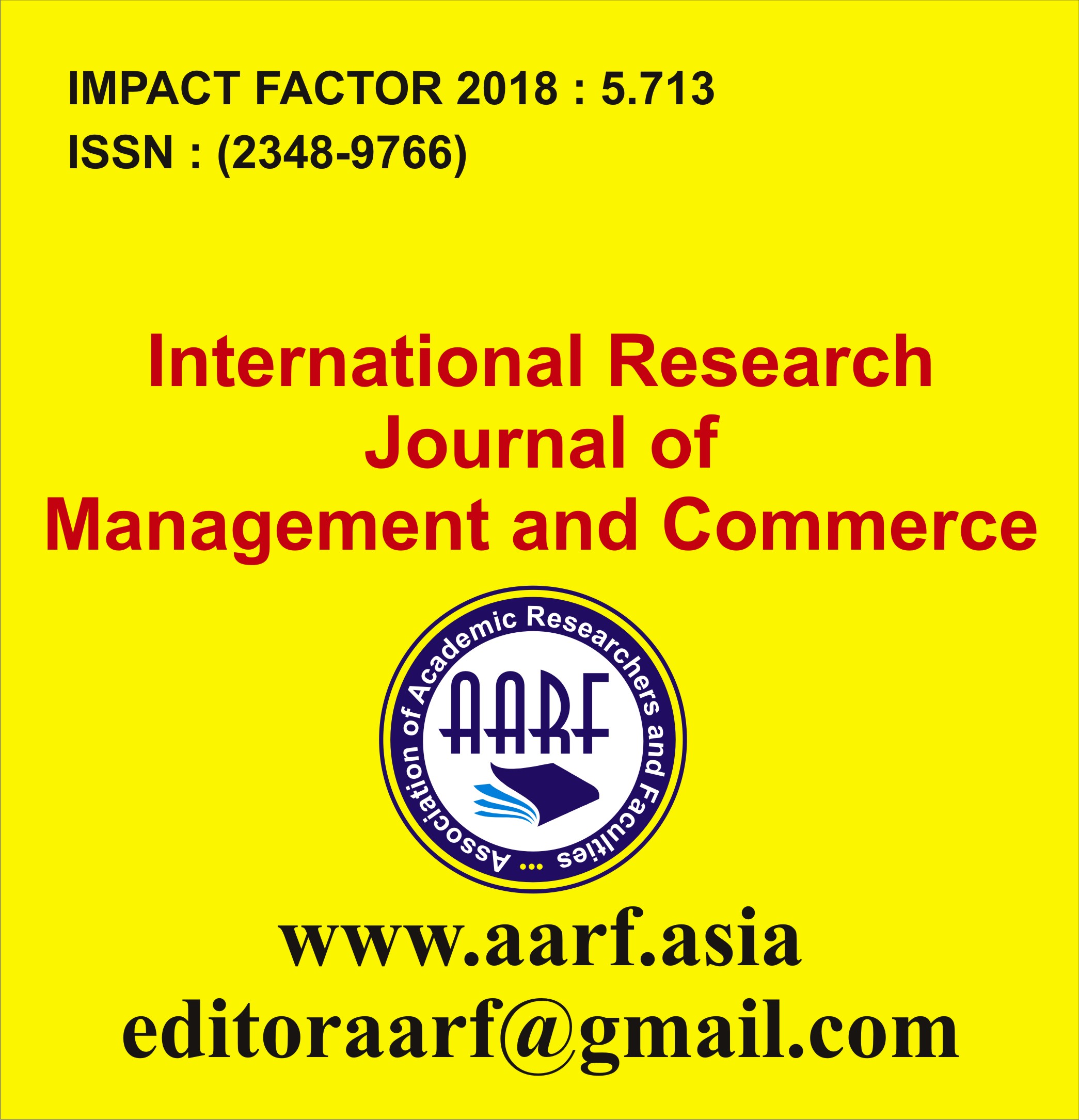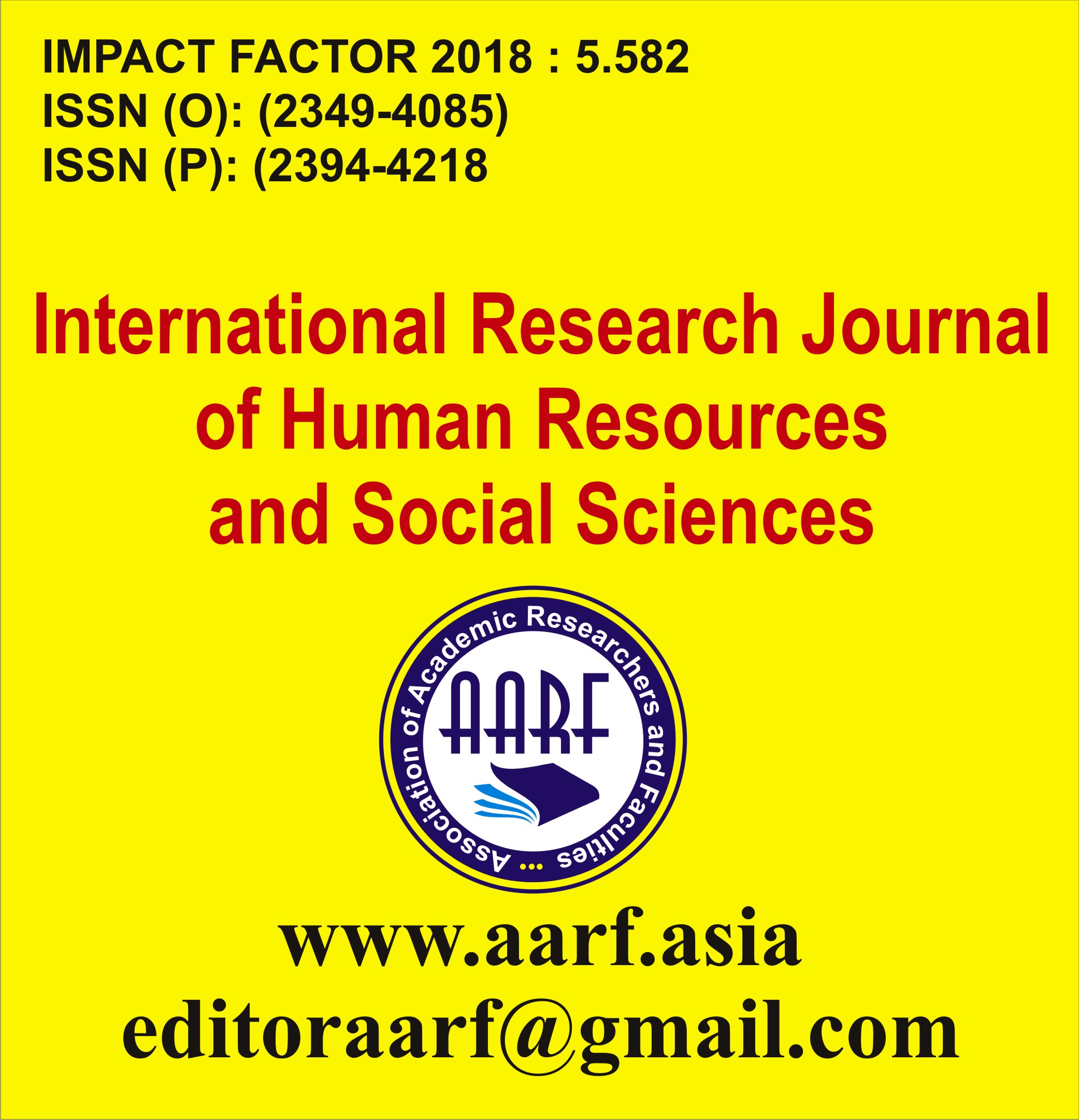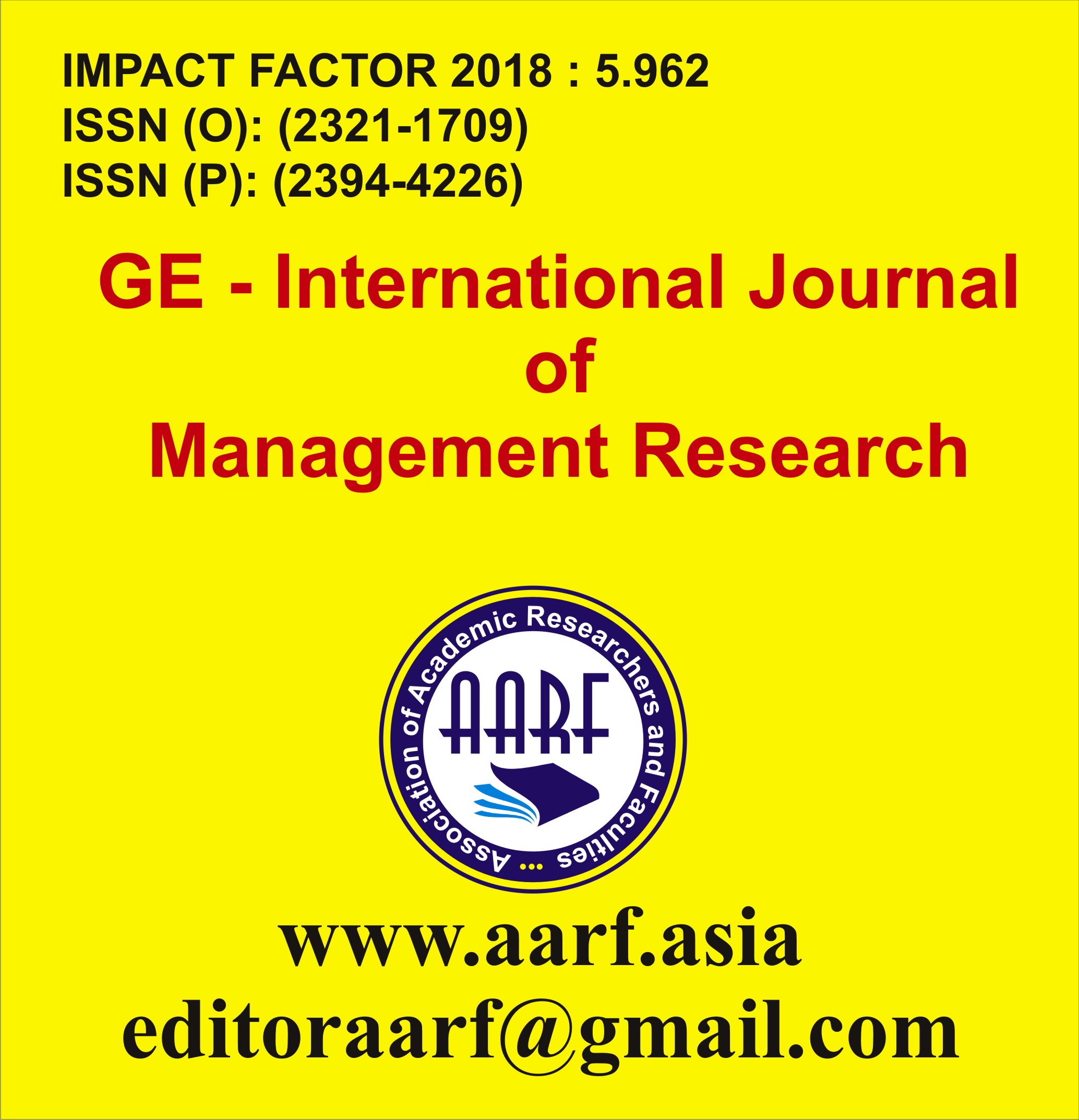Netrapal Singh
Abstract:
The idea of biodiversity is most often associated with species richness and thus biodiversity loss is often viewed as species loss from an ecosystem or even the entire biosphere. However, associating biodiversity loss with species loss alone overlooks other subtle phenomena that threaten long-term ecosystem health. Sudden population declines may upset social structures in some species, which may keep surviving males and females from finding mates, which may then produce further population declines. Declines in genetic diversity that accompany rapid falls in population may increase inbreeding meaning mating between closely related individuals, which could produce a further decline in genetic diversity. Biodiversity has declined at an alarming rate in recent years, largely as a result of human activity such as overexploitation of natural resources, deforestation, climate change, pollution, destruction of habitats, invasive alien species, global warming etc. Conservation of Biodiversity means to the protection, preservation, management, or restoration of wildlife and their natural habitats, such as forests and water. It is our responsibility to save our biodiversity (planet) and take some crucial and sustainable development steps to prevent the loss of biodiversity. This is highly significant if we wish to secure an inhabitable planet for next generation and for all the plants and animals by the help of restoring ecosystems by afforestation, replanting, habitat rehabilitation, and wetland restoration can aid in the recovery of ecosystem functioning and biodiversity. In this study, we will cover the loss of biodiversity cause, effect and impact on environment.












